
Some flowers are beautiful, some are humble and sweet, others are pretty but deadly. Poisonous flowers have existed for a long time, using their toxic as a self-defense tool.
Some of these flowers look innocent and are even favored by gardeners. Here are 20 poisonous flowers that hide their toxic behind the beautiful look.
In this article, we'll cover
1. Hydrangea

Hydrangea has a very noticeable look, with its showy blooms and bright colors.
Many of them consist of cyanogenic glycosides, which can cause toxic effects when eaten.
Despite that, hydrangeas are great to cheer up your garden in summer and fall.
2. Water Hemlock
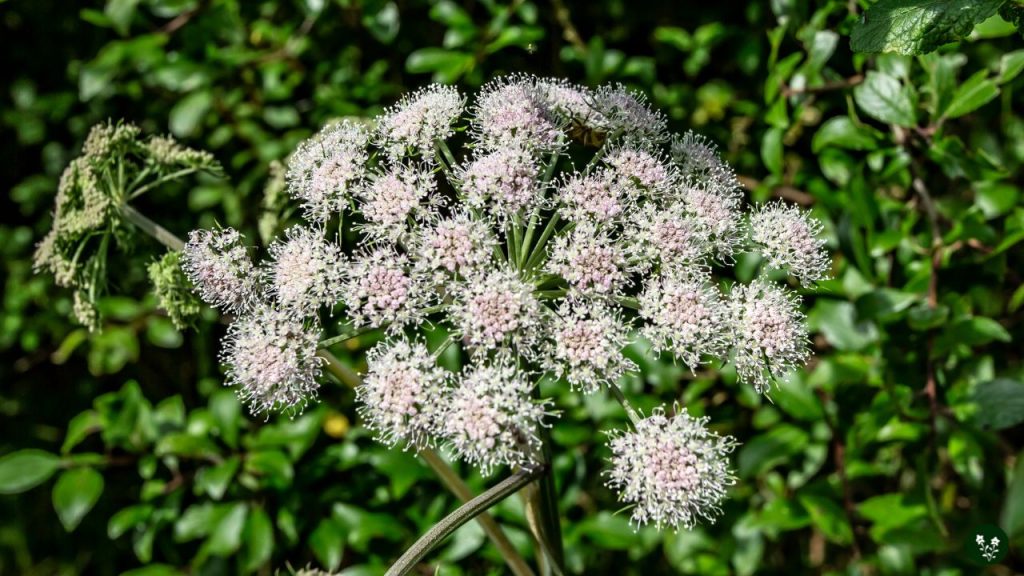
Water hemlock is one of the most famous deadly flowers in North America and Europe.
The flowers look unassuming, with small white clusters that look like umbrellas.
However, they contain highly poisonous cicutoxin. When ingested, it can cause palpitations, seizures, and death. Water hemlock also often causes cattle poisoning.
3. English Yew
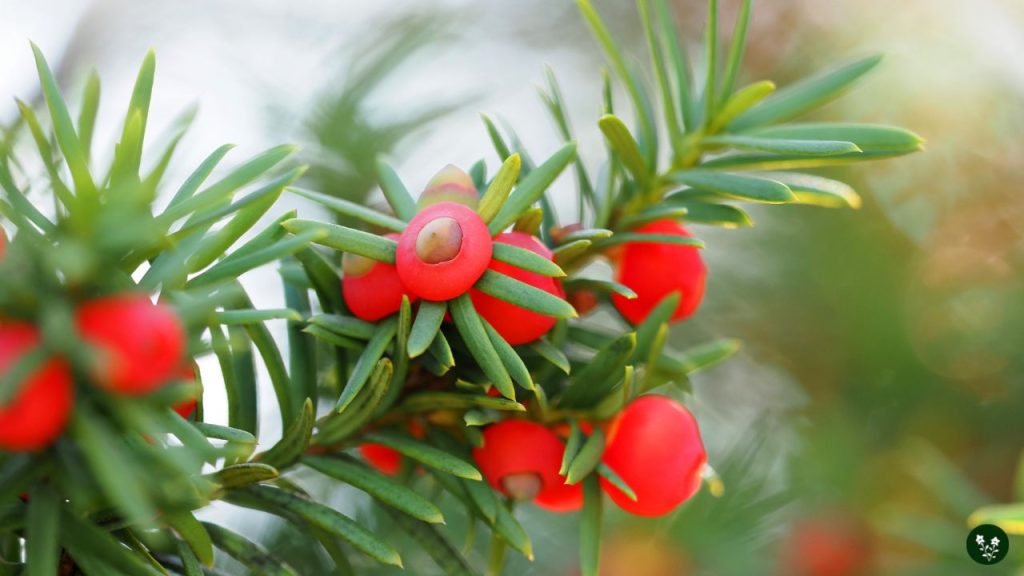
English yews are regarded highly in various cultures, from Europe to Asia. They are grown in cemeteries and religious sites, and often used as natural borders.
English yew has poisonous leaves, barks, and seeds (except the berries). When ingested, the toxin can cause muscle tremors, difficulties in breathing, convulsions, and cardiac arrest.
4. Daffodil
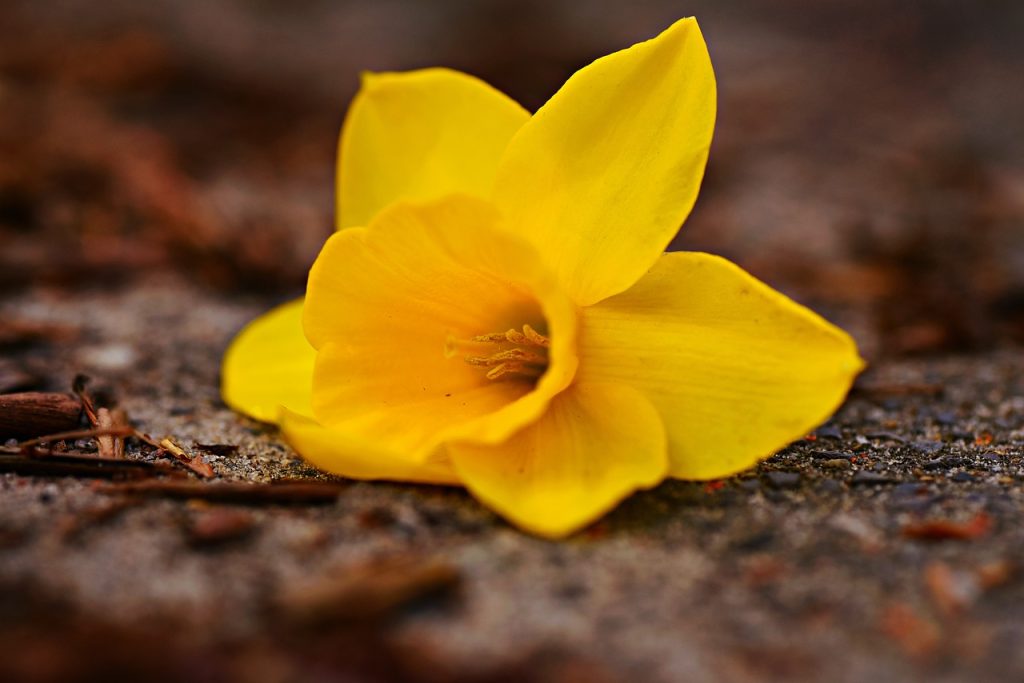
Unassuming daffodils are in the list of flowers that can make you sick. Their bulbs are highly toxic and can cause death when eaten.
There are poisoning cases where people cook and eat daffodil bulbs, mistaken them for onions or leeks.
Daffodil pickers also often experience skin condition called daffodil itch, which results from the plants’ alkaloid.
5. Lilies
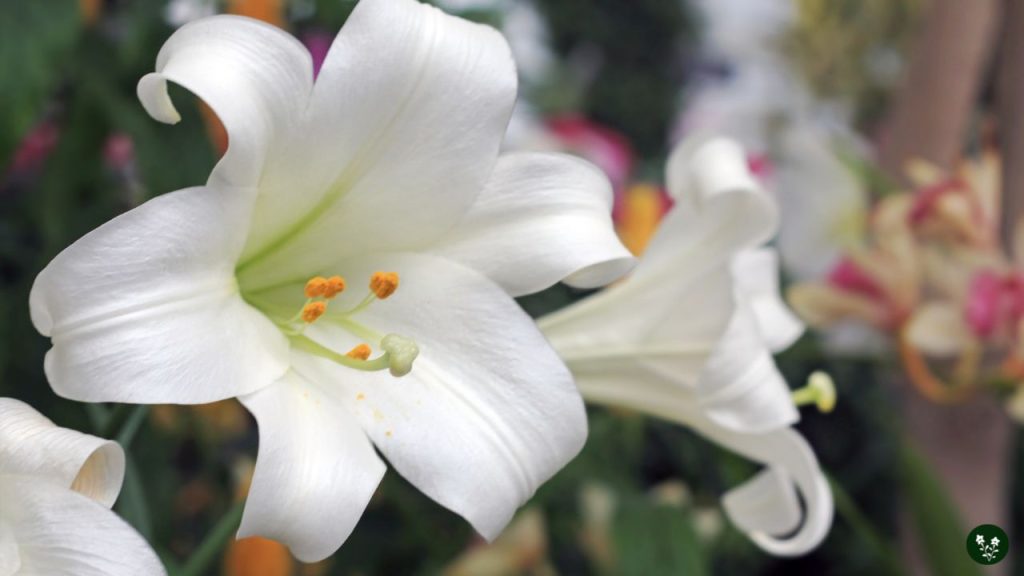
Many lilies have distinctive, trumpet-like bloom shape and bright colors. Some bloom in spring, while others in summer or fall. However, one lily species is famous for being toxic to pets.
Easter lily (Lilium longiflorum) has toxic blooms, leaves, and pollen. If cats or dogs chew on these flowers, they can develop symptoms of renal failure.
6. Foxglove
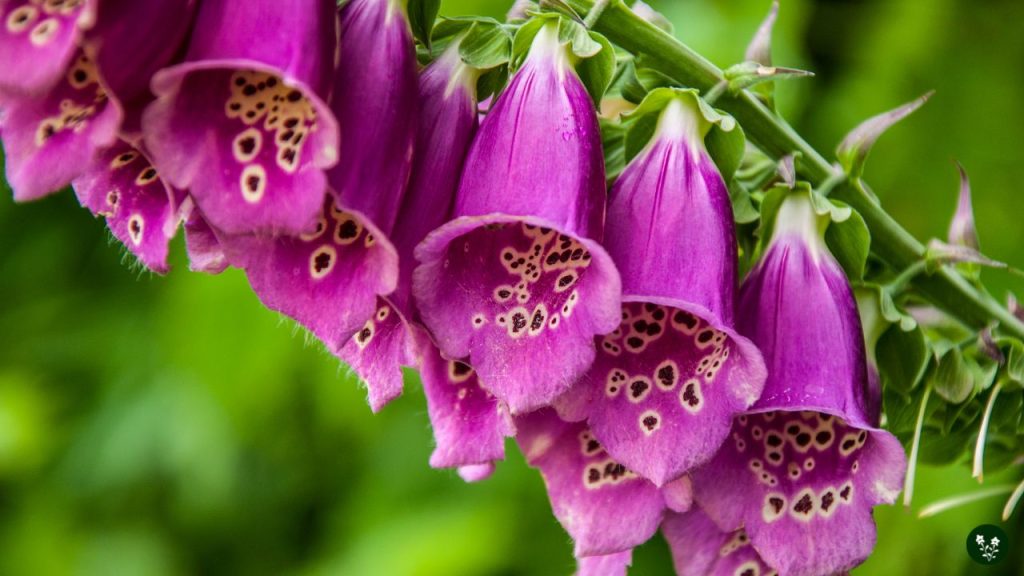
Despite their beauty, foxgloves (digitalis) have deadly toxins that earned them sinister names: “witch’s gloves” and “dead man’s belly.”
These dangerous flowers contain toxins in all their parts, which can cause headache, nausea, convulsions, palpitations, abdominal pain, hallucination, and death.
7. Castor Oil Plant
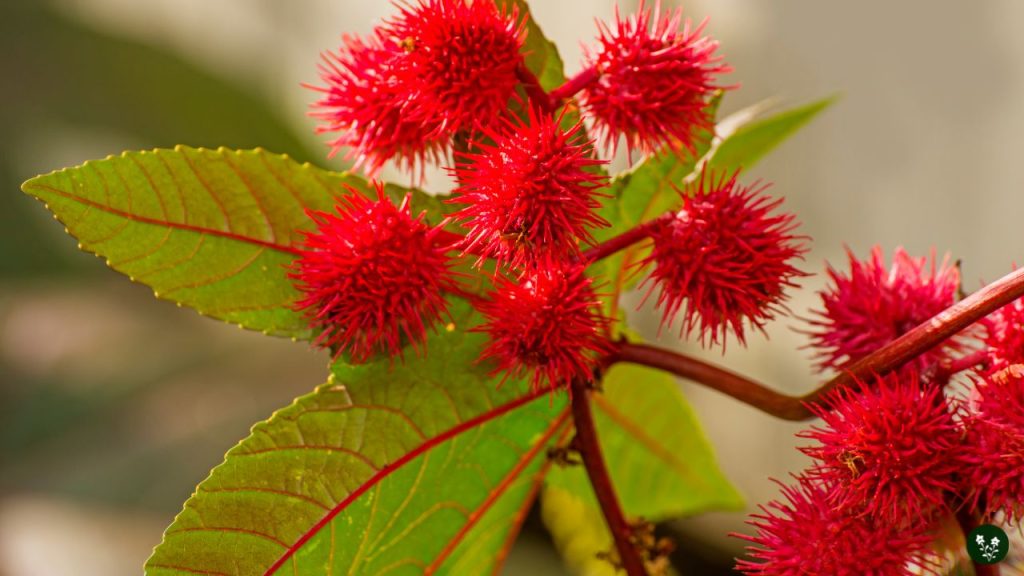
Castor oil plant has beautiful red flowers and is planted as an annual ornamental tree.
However, the raw beans and seeds contain a toxin called ricin. The symptoms come two to four hours after consumption or ingestion.
It can cause nausea, bloody diarrhea, abdominal pain, low blood pressure, and dehydration. Castor oil is even used as a natural fungicide.
8. Lily of the Valley
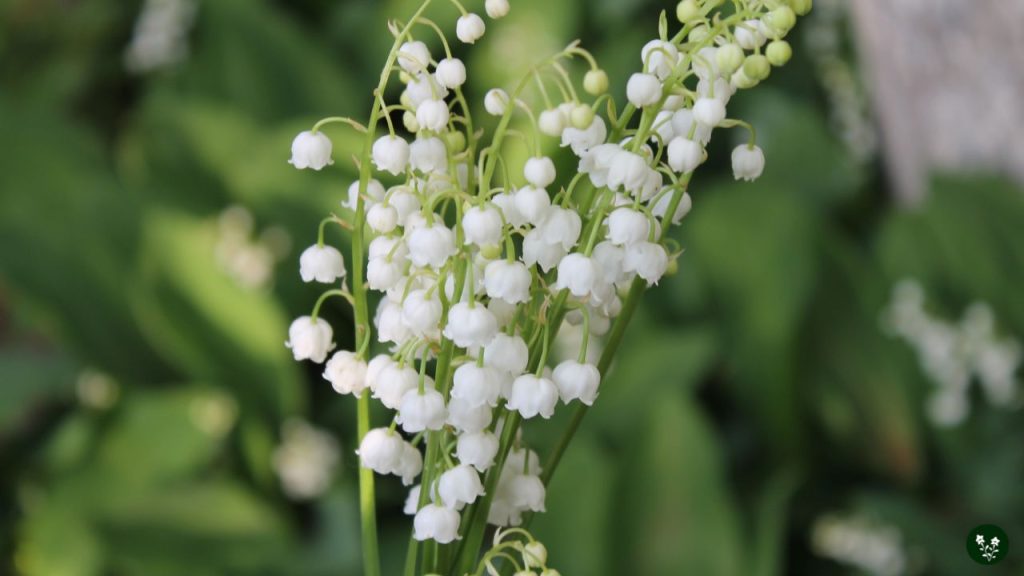
One of the most beautiful poisonous flowers, lily of the valley contains a toxin in all its parts.
It has red berries that are also poisonous, which can be dangerous if they attract kids.
The smallest amount of ingestion can cause abdominal pain, blurred vision, nausea, vomiting, rashes, and drowsiness.
9. Wisteria
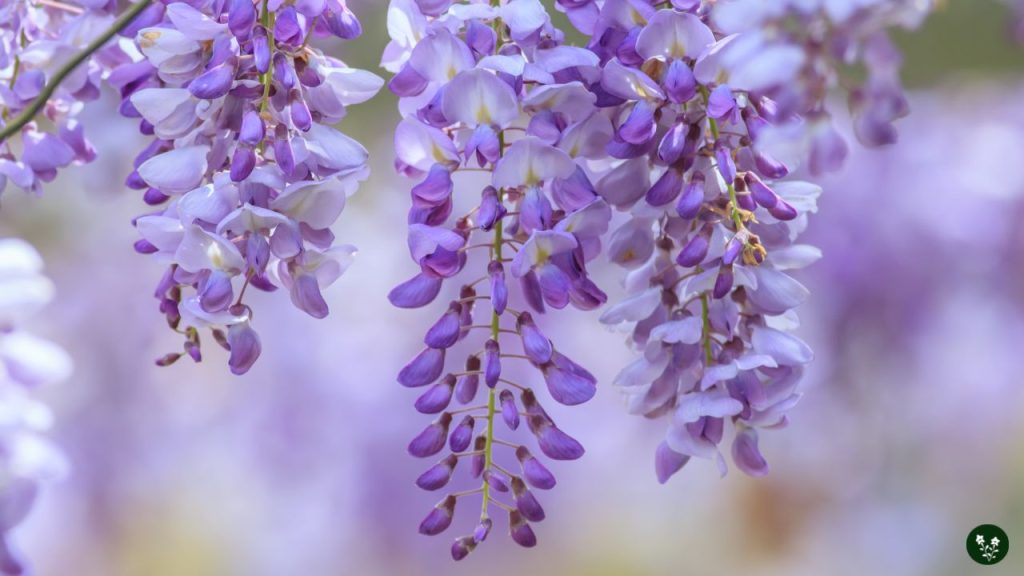
Wisteria may have elegant hanging blooms that look very dramatic. However, almost all wisteria parts contain wisterin, a type of saponin that can cause poisoning when ingested.
Symptoms include dizziness, confusion, nausea, abdominal pain, diarrhea, speech problem, and vomiting.
10. Oleander
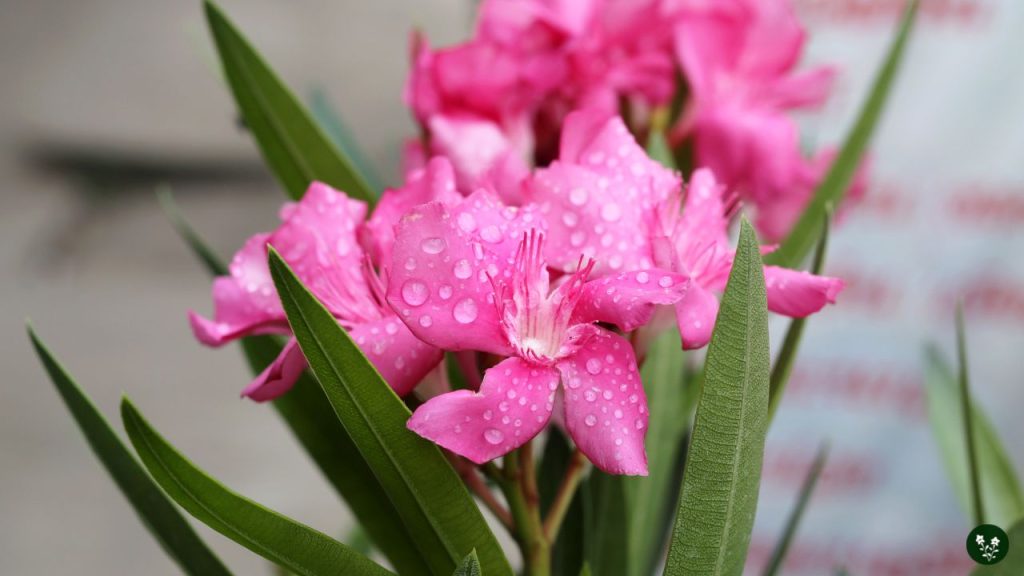
Oleander is one of the most popular toxic plants. The flowers grow in beautiful clusters and have bright colors. However, the entire parts of this plant consist of several toxic compounds.
When dogs, cats, or humans consume, chew, or ingest oleander, they can develop symptoms like diarrhea, salivation, vomiting, palpitations, tremors, coma, and death.
11. Bleeding Heart
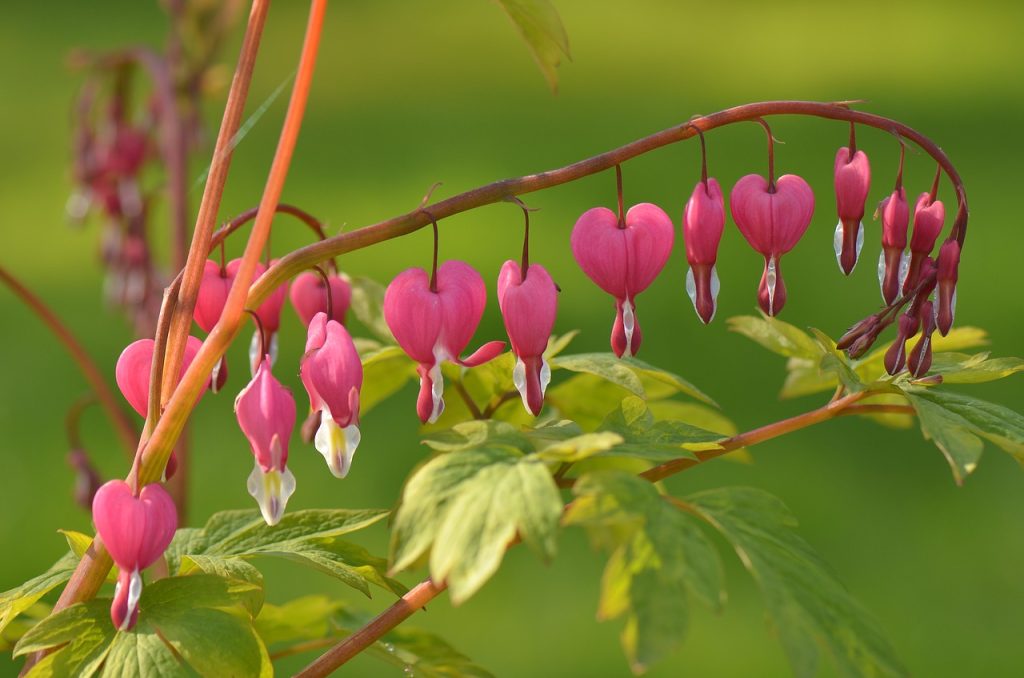
Bleeding heart is a part of the poppy family that has beautiful heart-shaped flowers.
The flower buds hang from a stem like a lantern, with colors like pink and white.
However, the entire parts of this plant have alkaloids. They can cause irritation when bare skin comes into contact.
12. Calla Lily
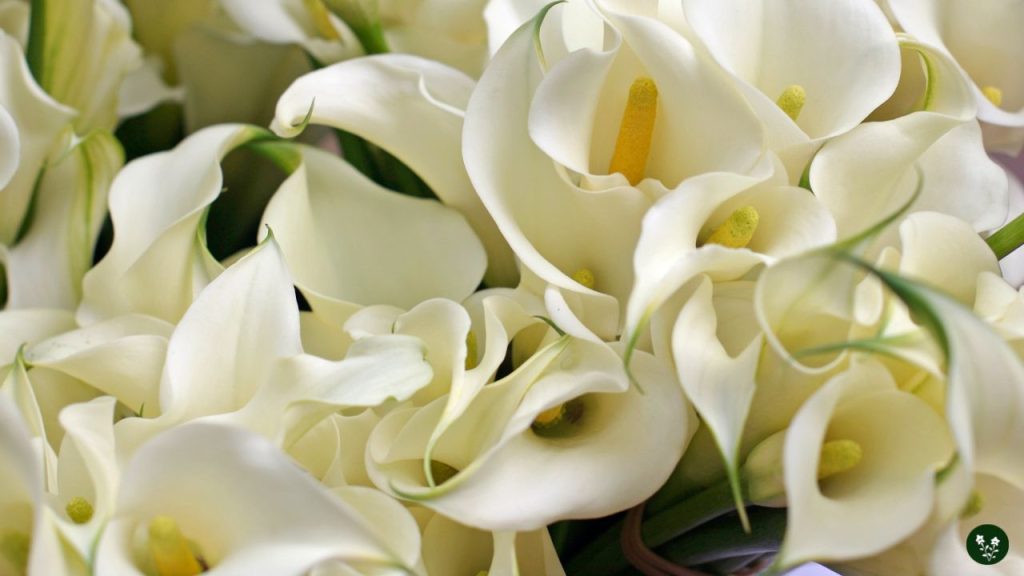
Calla lily is one of the most elegant flowers, with white cup-like blooms on tall stems. They create beautiful sight when flowering during spring.
However, almost all parts of the calla lily contain calcium oxalate. When ingested, it can cause a burning sensation in the mouth, swollen throat, diarrhea, drooling, and vomiting.
13. Iris
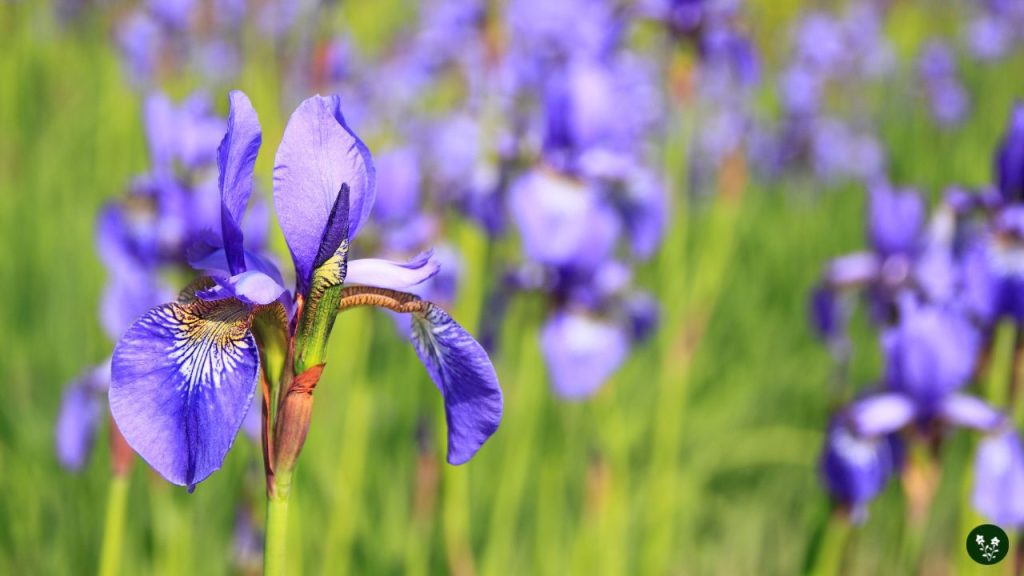
Iris has beautiful, fan-like petals and bright colors. However, its rhizomes contain glycoside iridin toxin.
It can cause symptoms like vomiting, nausea, and diarrhea. Perfume industry has a way to extract the rhizomes to make “iris butter.”
14. Marigold
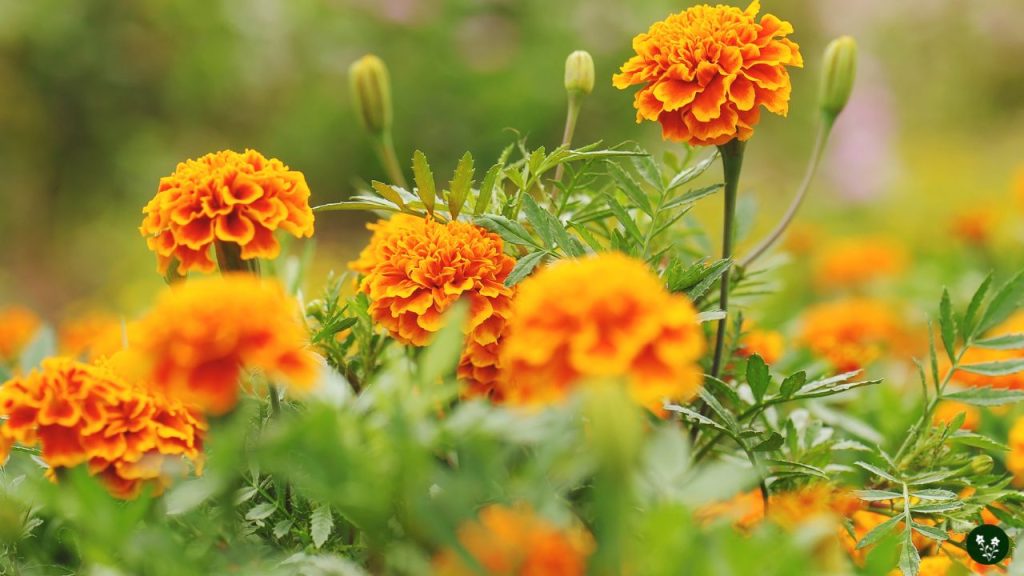
Many people think that marigold is safe to eat, especially since it has edible floret that can be mixed into a salad.
However, its roots, flower petals, leaves, and stems contain a little amount of phototoxic thiophene.
Pets that chew marigold can get sick from the sap, with symptoms such as vomiting and diarrhea.
15. Mountain Laurel
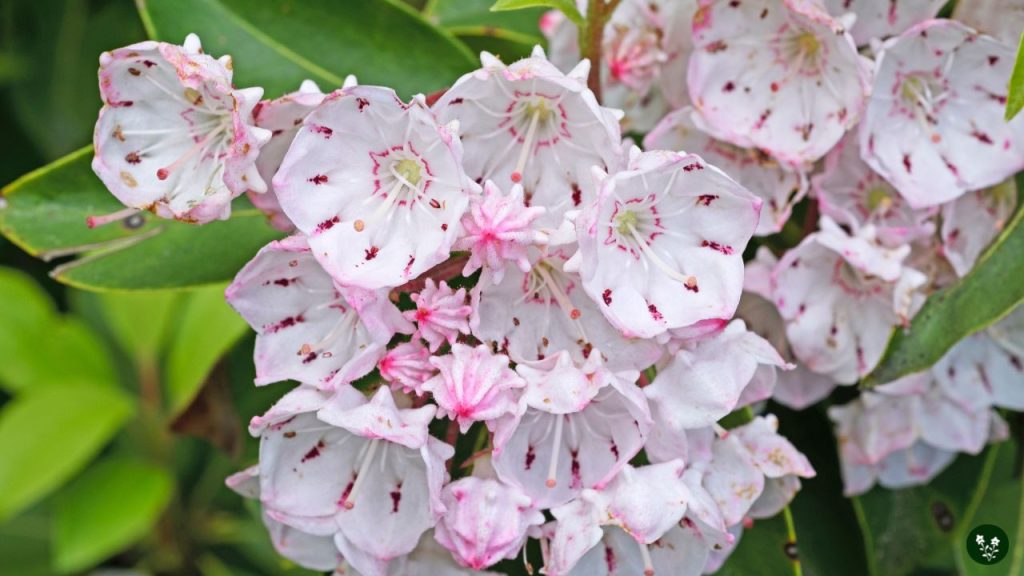
Behind their beautiful, ornamental flowers, mountain laurels contain toxins such as arbutin and grayanotoxin. The toxins appear in the pollen, twigs, flowers, and leaves.
Symptoms include dizziness, vomiting, convulsions, difficulty breathing and swallowing, cardiac arrest, and coma.
16. Peruvian Lily
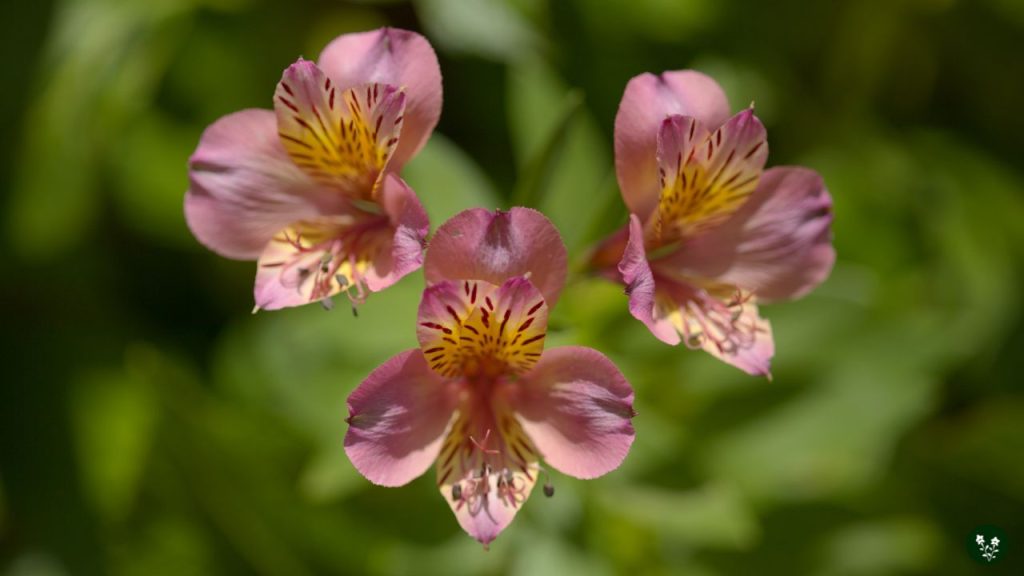
Peruvian lilies have tubular, brightly-colored petals with blade-shaped leaves.
Despite their beauty, Peruvian lilies can cause skin irritation, rash, redness, and asthma-like reactions when touching the skin. Ingested Peruvian lilies can cause nausea, vomiting, and diarrhea.
17. Yarrow
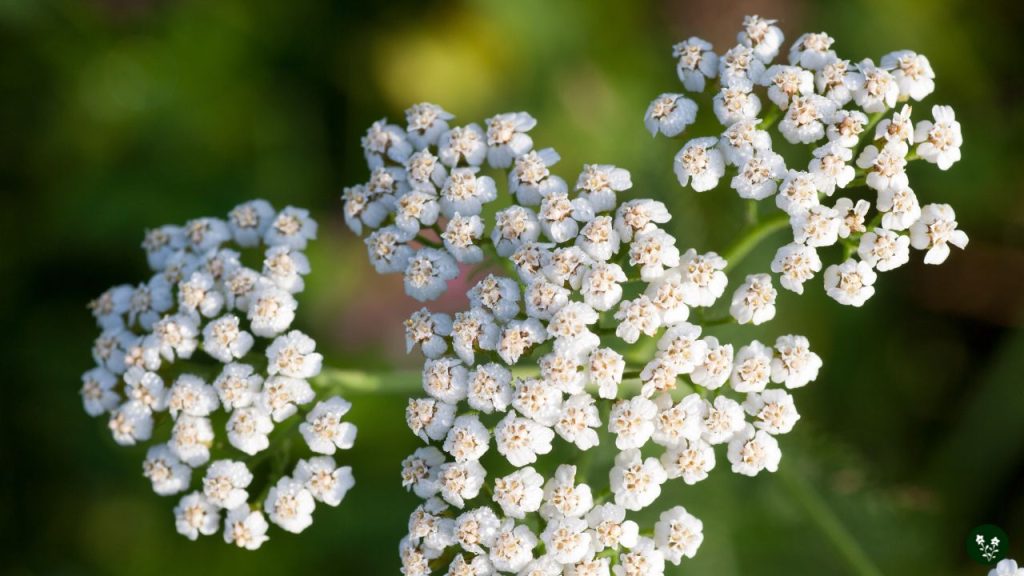
Yarrow is a popular garden companion plants, because it can invite predators that eat pests.
However, yarrow is not recommended for houses with pets. It contains gastrointestinal toxins that can cause nausea, diarrhea, vomiting, hypersalivating, stomach pain, and lethargy when ingested.
18. Dragon Lily
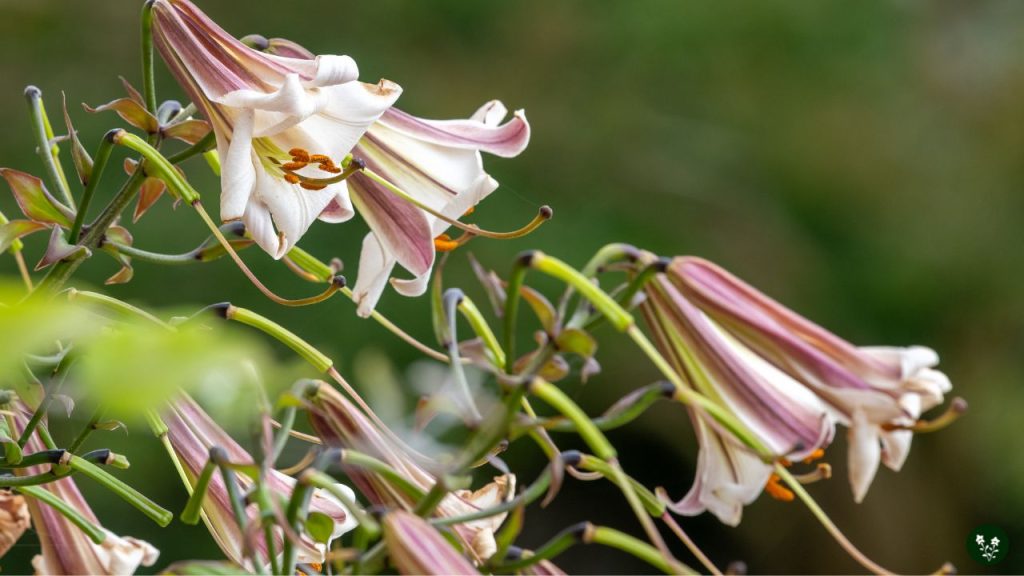
Dragon lily (Dracunculus vulgaris) is an endemic flower of Greece. The plant got its name from wide purple spathes that look like dragon wings.
It is perfect for decorating a garden, but its roots and berries are poisonous. The spathes emit a rotten smell when smelled from up-close.
19. Rosary Pea
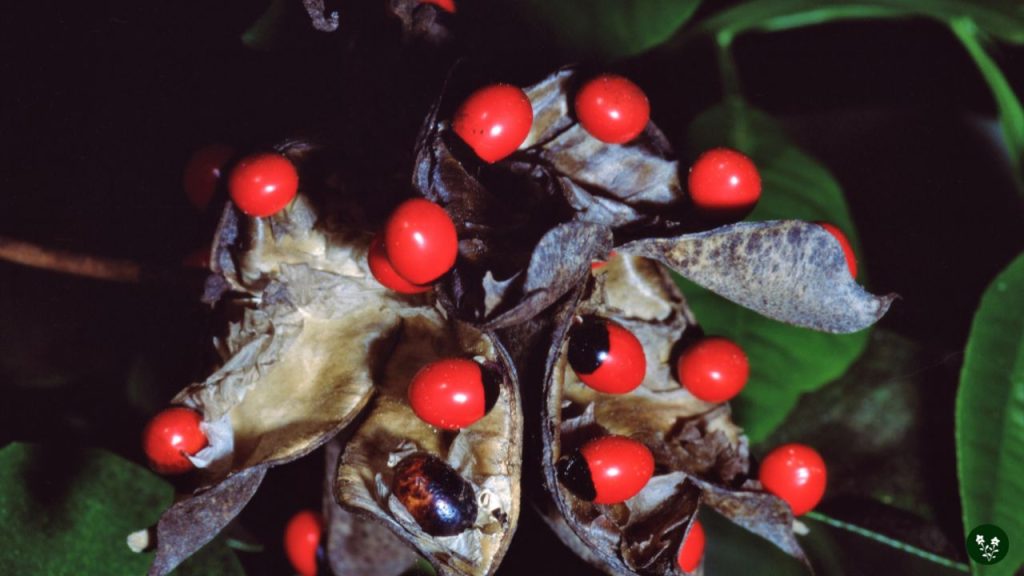
Rosary pea (Abrus precatorius) has beautiful red seeds that are used to make beads.
However, you cannot eat the seeds due to their abrin toxin. Even eating just one seed can cause vomiting, diarrhea, convulsion, liver failure, and death in several days if left untreated.
20. Corpse Lily
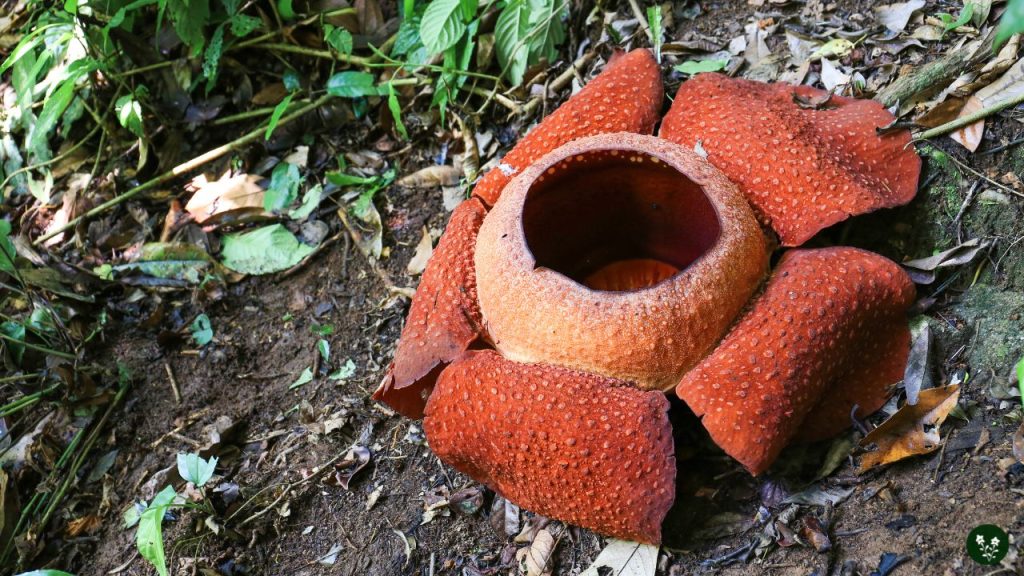
Corpse lily (Rafflesia arnoldii) has a scary description: large, parasitic, bright red, and smells rotten.
While the smell is enough to drive away most animals (except flies, which help to pollinate it), the flower contains a high amount of tannin and phenols, which can have toxic effects if ingested.
These poisonous flowers hide their dangerous qualities behind beautiful appearances. Enjoy their looks, but be careful when you are handling them!
Discover more about different flora types:
Leave a Reply